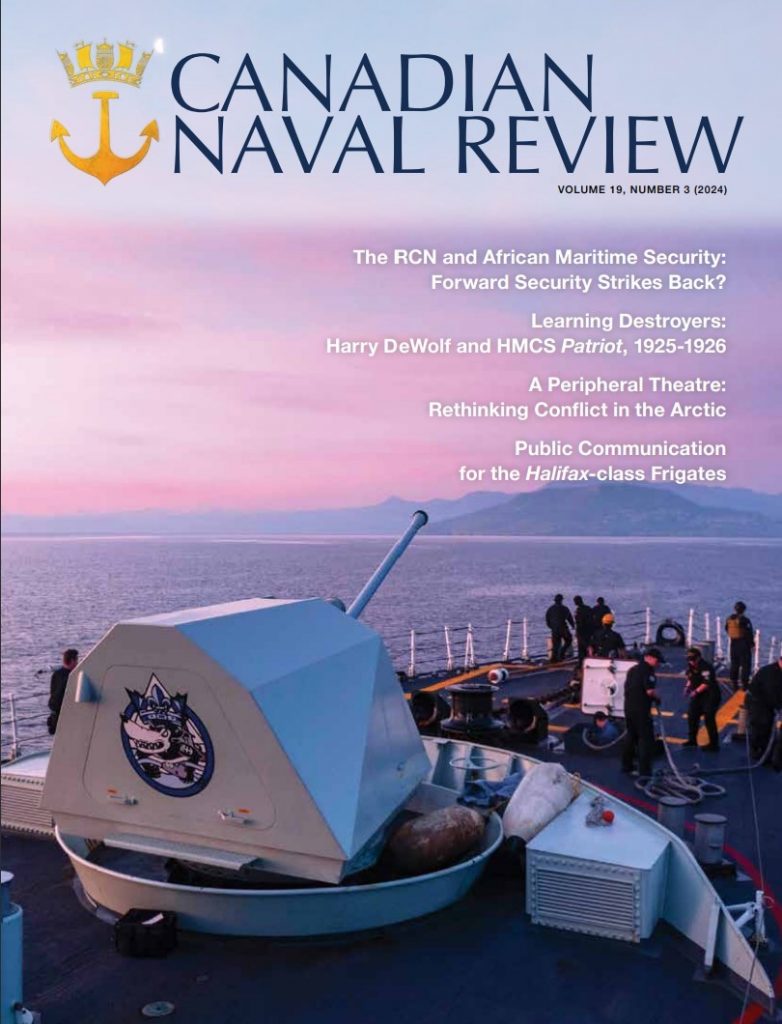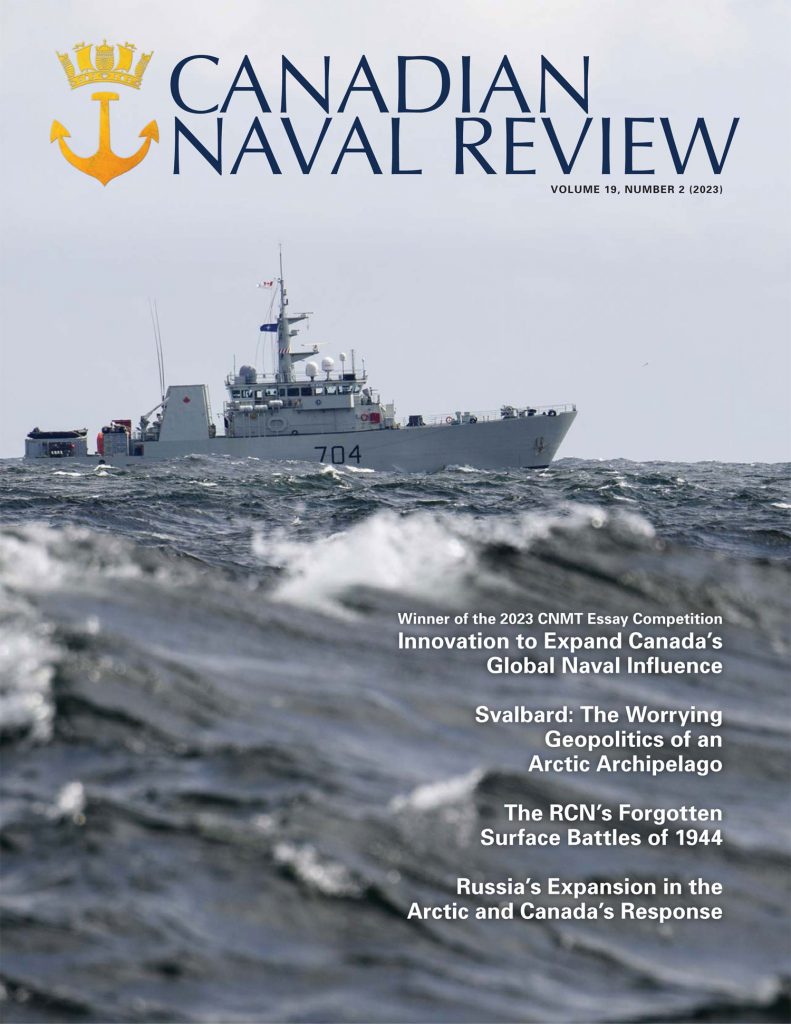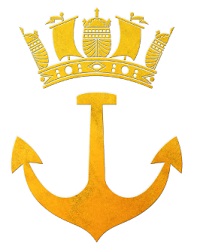Subscribers can access the full issue of CNR. Non-subscribers can access only selected articles via links provided below. Click on Subscriptions to purchase your electronic subscription, and get full access to all issues as they are published.
Adobe Acrobat Reader or a similar Portable Document Format (PDF) viewer is required to read the electronic issue. You can download Acrobat Reader free from Adobe website.

Volume 19, Number 3, 2024
Download Vol.19.3 in PDF format (subscribers only, unless supported by a link to a free access article)
Subscribers can access the full issue of CNR. Non-subscribers can access only selected articles via links provided below. Click on Subscriptions to purchase your electronic subscription, and get full access to all issues as they are published.
Adobe Acrobat Reader or a similar Portable Document Format (PDF) viewer is required to read the electronic issue. You can download Acrobat Reader free from Adobe website.
The issue begins with an Editorial by John Orr which examines recent developments in the Multi-Mission Aircraft Project. Then our first article, “The RCN and African Maritime Security: Forward Security Strikes Back?” looks at little-known activities of the RCN – i.e., operations and exercises with African countries. These activities are important but, as the authors point out, they currently lack a strategic focus. The second article, “Learning Destroyers: Harry DeWolf and HMCS Patriot, 1925-1926,” tells us about how a young Harry DeWolf learned his trade on the destroyer HMCS Patriot, after which he became one of the RCN’s most effective officers in WWII. The third article, “A Peripheral Theatre: Rethinking Conflict in the Arctic,” examines the literature on conflict in the Arctic and proposes a new framework. The author suggests that referring to the Arctic as a region of cooperation, or alternatively a place for resource competition, no longer fits the reality and proposes a theory that the potential for conflict in the North is dependent on geopolitical dynamics in Europe and the Pacific. Our final article, “Public Communication for the Halifax-class Frigates,” examines a sample of the media coverage of the Halifax-class procurement to see how it was perceived in the media, with an eye to learning lessons for the coverage of the CSC.
As usual, we have a number of thought-provoking Making Wave commentaries and columns. For example, we have a column about subsea cable security in the Indo-Pacific region, and a look at how/why the RCN eagerly awaits the Defence Policy Update.
This is just a sample of what you’ll find in the winter issue. Of course there are amazing photos to illustrate everything! We know that you will find this issue interesting. See the Table of Contents below.
If you don’t have a subscription yet, you should get one so you don’t miss anything.
Table of Contents
- Editorial: The Canadian Multi-Mission Aircraft Project: Some Recent Developments - by John L. Orr
- The RCN and African Maritime Security: Forward Security Strikes Back? - by Rob Huebert and Chris W.J. Roberts
- Learning Destroyers: Harry DeWolf and HMCS Patriot, 1925-1926 - by Michael Whitby
- A Peripheral Theatre: Rethinking Conflict in the Arctic - by Mihai Giboi
- Public Communication for the Halifax-class Frigates - by Thomas Turmel
- Making Waves
- A Successful Pilot Project of MDA Afloat - by Andrea Charron
- Re-energizing Canada’s Shipbuilding Industry - by Roger Cyr
- The Maritime Gray Zone: Uncrewed Systems and Canada’s Challenges - by Emmanuel Akinbobola
- A Possible Amphibious Command and Control Concept - by Major (Ret’d) Les Mader
- A View from the West: Subsea Cable Security in the Indo-Pacific Region - by Rachel Martin
- Dollars and Sense: The Canadian Armed Forces in 2024: Desperate for the Defence Policy Update - by Dave Perry
- Naval Developments: A Potpourri - by Doug Thomas
- Book Reviews
Free downloads (.pdf)
- Front cover
- Editorial: The Canadian Multi-Mission Aircraft Project: Some Recent Developments - by John L. Orr
- The RCN and African Maritime Security: Forward Security Strikes Back? - by Rob Huebert and Chris W.J. Roberts
- Dollars and Sense: The Canadian Armed Forces in 2024: Desperate for the Defence Policy Update - by Dave Perry
- Back cover

Volume 19, Number 2, 2023
Download Vol.19.2 in PDF format (subscribers only, unless supported by a link to a free access article)
Subscribers can access the full issue of CNR. Non-subscribers can access only selected articles via links provided below. Click on Subscriptions to purchase your electronic subscription, and get full access to all issues as they are published.
Adobe Acrobat Reader or a similar Portable Document Format (PDF) viewer is required to read the electronic issue. You can download Acrobat Reader free from Adobe website.
The fall 2023 CNR issue begins with an Editorial, by CNR Editor Ann Griffiths, which asks if Canada – the government in particular – is drifting in terms of military and defence matters. Next, we are pleased to present the essay which won the 2023 CNMT essay competition. Cameron Meikle wrote the winning essay, which is entitled “Innovation to Expand Canada’s Global Naval Influence.” Meikle calls for Canada to act in response to the shifting characteristics of naval warfare. The Royal Canadian Navy should seize the opportunity to innovate, articulating a novel future vision with uncrewed vehicle technologies at its core and lead industry, partners and allies in driving change to achieve this future.
This article is followed by an article entitled “Svalbard: The Worrying Geopolitics of an Arctic Archipelago” by Andreas Østhagen, which examines the situation relating to this northern archipelago as relations with Russia evolve. Next, we have an article by Marc Milner, entitled “The RCN’s Forgotten Surface Battles of 1944” which outlines several battles fought by the RCN in WWII. The final article, “Russia’s Expansion in the Arctic and Canada’s Response” by Jeff G. Gilmour, explains how Russia has been beefing up its military presence in the Arctic and outlines how Canada has responded – and how it should respond. The result, as you will see, is a collection of articles that are both fascinating and timely.
As well we have a number of interesting Making Wave commentaries and our usual columns. We have a report by Tim Choi about his visit to the submarine yard in Karlskrona, Sweden, in May 2023. This article provides a description of the yard and Saab’s views regarding the Canadian submarine replacement project. Keeping with the submarine theme, we have a column by Daniel Baart who discusses the interest in, and growth of, submarine procurement in the Indo-Pacific region. In his column, Dave Perry talks us through the implications of the budget cuts the government announced in the spring, and how they will affect the Department of National Defence. And in Doug Thomas’ column, he briefly outlines the history of the Ukrainian Navy, and then tells us what Ukraine has managed to do in terms of naval warfare even without a navy.
This is just a taste of what’s to come in the issue. Of course there are amazing photos to illustrate everything! We hope that you will find this issue interesting. See the Table of Contents below
If you don’t have a subscription yet, you should get one so you don’t miss anything.
Table of Contents
- Editorial: Drifting? - by Ann Griffiths
- Winner of the 2023 CNMT Essay Competition: Innovation to Expand Canada’s Global Naval Influence - by Cameron Meikle
- Svalbard: The Worrying Geopolitics of an Arctic Archipelago - by Andreas Østhagen
- The RCN’s Forgotten Surface Battles of 1944 - by Marc Milner
- Russia’s Expansion in the Arctic and Canada’s Response - by Jeff G. Gilmour
- Maritime Domain Awareness Afloat: An Exciting CCG Pilot Study - by Andrea Charron
- Is it Time for a Hybrid Crewed and Uncrewed Approach? - by Emmanuel Akinbobola
- 2% of GDP for Defence is Meaningless - by Roger Cyr
- Iran’s Maritime Prowess and Anti-Ship Cruise Missiles - by Debalina Ghoshal
- Notes from the Field: Swedish Submarines and Canada - by Timothy Choi
- A View from the West: Trends in Indo-Pacific Submarine Procurement - by Daniel Baart
- Dollars and Sense: The Budget Knife Returns to Defence - by Dave Perry
- Warship Developments: The Ukrainian Navy - by Doug Thomas
- Book Reviews
Free downloads (.pdf)
- Front cover
- Editorial: Drifting? - by Ann Griffiths
- Winner of the 2023 CNMT Essay Competition: Innovation to Expand Canada’s Global Naval Influence - by Cameron Meikle
- Maritime Domain Awareness Afloat: An Exciting CCG Pilot Study - by Andrea Charron
- Dollars and Sense: The Budget Knife Returns to Defence - by Dave Perry
- Back cover
